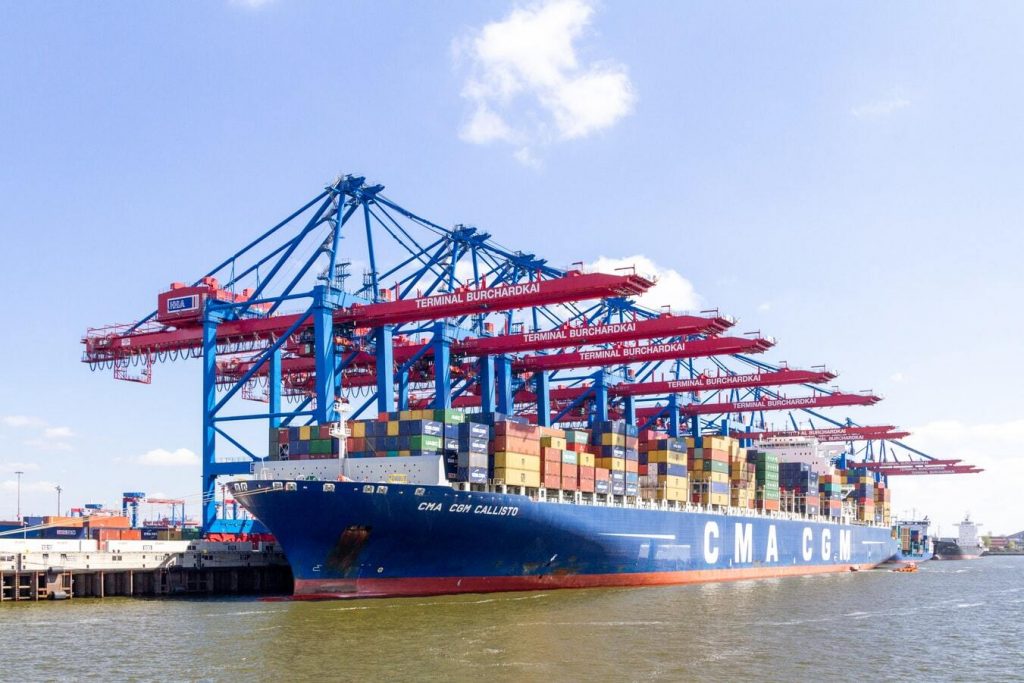The COVID-19 pandemic situation has forced the companies to meet new obligations, in order to maintain their level of business activity.
All lockdown rules imposed by the governments have reduced the business activity around -38% world-wide in H1-2020, pushing the companies to consume the cash available and to reduce the wage bill.
Keeping the production tools in operation requires the deployment of more stringent HSE rules. The employees ’safety has certainly become the new standard with the use of masks, gloves, coverall or safety gloves.
Importing and Exporting goods has become more complex due to the quarantine and new Tariff rules imposed by the governments trying to recover the money invested, in order to support their local economy.
Imposing the need to focus on local productions even if more expensive as this happened in the 30's with the Hawley-smooth law.
As a consequence, 450 million of Global or local companies will have to review their sourcing strategy and supply chain process, by identifying all issues affecting the delivery of materials, spare parts or goods.
Pushing the companies to re-design the supply chain process, in order to resolve issues such as suppliers’ closings, issues linked to the health situation in countries, to avoid new taxes imposed on importations of goods or blockages of the transportation of goods in ports.
The new reality is then imposed by two key elements such as the possibility to be able to produce and to sale goods with additional expenses that will consume the margin and the need for each business model to be sustainable with a revenue reduced by 30% for a certain period of time, new HSE rules imposed and a reduced number of employees.
So then we can foresee here new trade rules between continents and countries and a new dynamics happening between developed countries and developing countries.
Meaning that new mixed local vs global business models will develop such as e-commerce for selling goods and services, which will requires to have a better understanding of the overall supply chain risk management process.




